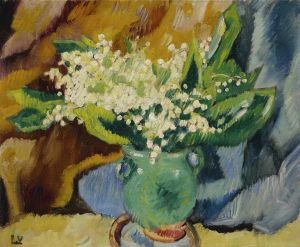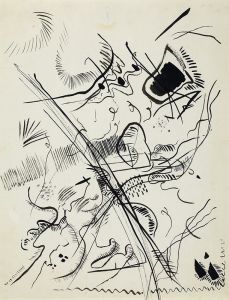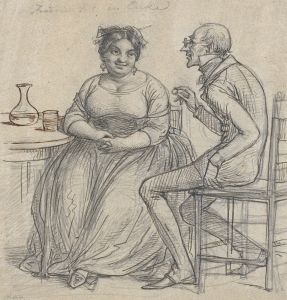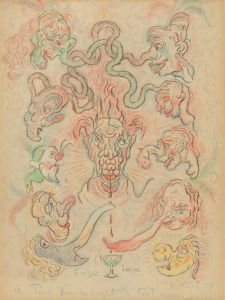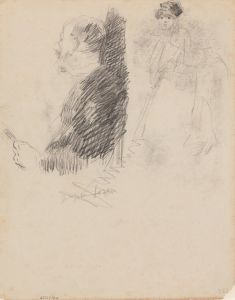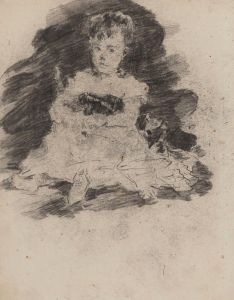
Elisabeth Bas
A hand-painted replica of James Ensor’s masterpiece Elisabeth Bas, meticulously crafted by professional artists to capture the true essence of the original. Each piece is created with museum-quality canvas and rare mineral pigments, carefully painted by experienced artists with delicate brushstrokes and rich, layered colors to perfectly recreate the texture of the original artwork. Unlike machine-printed reproductions, this hand-painted version brings the painting to life, infused with the artist’s emotions and skill in every stroke. Whether for personal collection or home decoration, it instantly elevates the artistic atmosphere of any space.
"Elisabeth Bas" is a painting by the Belgian artist James Ensor, created in 1929. Ensor, born in 1860 in Ostend, Belgium, is renowned for his unique and often surreal style, which blends elements of symbolism and expressionism. His works frequently feature fantastical imagery, masks, and skeletons, reflecting his fascination with the macabre and the grotesque.
The painting "Elisabeth Bas" is a portrait of a historical figure, Elisabeth Bas, who was a notable figure in 17th-century Amsterdam. She was the wife of the wealthy merchant and shipowner Jochem Hendrickszoon Swartenhont. Elisabeth Bas is best known for her association with the famous portrait painted by Ferdinand Bol, a student of Rembrandt, which hangs in the Amsterdam Museum.
Ensor's depiction of Elisabeth Bas is characterized by his distinctive style, which often includes bold colors, dramatic contrasts, and a sense of theatricality. In this work, Ensor captures the essence of Elisabeth Bas with a combination of realism and his signature fantastical elements. The painting reflects Ensor's ability to infuse historical subjects with a modern, almost whimsical touch, making them relevant to contemporary audiences.
James Ensor's interest in historical figures and his unique approach to portraiture are evident in "Elisabeth Bas." The painting showcases his skill in blending traditional techniques with his own imaginative vision. Ensor's use of color and light in this work highlights his mastery of creating mood and atmosphere, drawing the viewer into the world of Elisabeth Bas.
Throughout his career, Ensor was known for his unconventional approach to art, often challenging the norms of his time. His works were initially met with resistance and criticism, but he eventually gained recognition as a pioneering figure in modern art. Ensor's influence can be seen in the works of later artists, including the surrealists and expressionists, who admired his ability to merge reality with fantasy.
"Elisabeth Bas" is a testament to Ensor's artistic vision and his ability to reinterpret historical subjects through a modern lens. The painting remains an important example of his work, showcasing his talent for capturing the essence of his subjects while infusing them with his unique style. Ensor's legacy as a groundbreaking artist continues to be celebrated, and "Elisabeth Bas" stands as a significant piece in his body of work.
In summary, "Elisabeth Bas" by James Ensor is a notable painting that reflects the artist's distinctive style and his ability to blend historical subjects with modern, imaginative elements. The work is a testament to Ensor's skill as a painter and his influence on the development of modern art.





